Art Fairs
In a Market Shaken by Terror, FIAC Triumphs in Paris
The "Macron effect" and exceptional art bolstered the fair after a tough year.
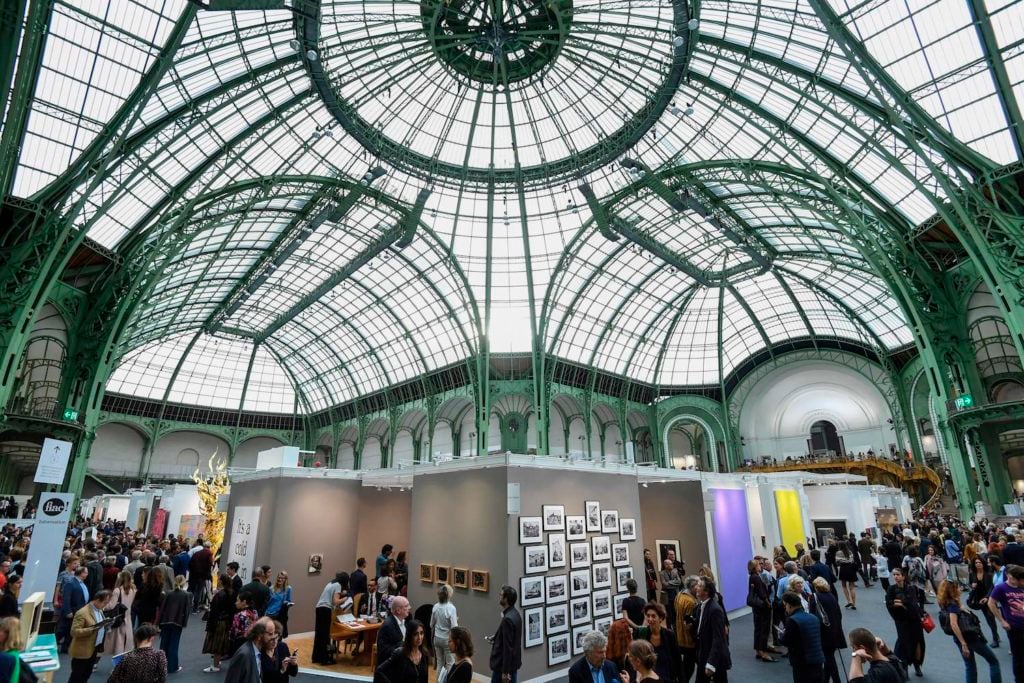
A string of terror attacks in Paris has left many in the art market wondering how declining tourism would affect the 44th edition of Foire Internationale d’Art Contemporain (FIAC), which held its VIP preview on Wednesday afternoon.
“I’m always on edge on the first day, wondering whether the collectors are meeting the art they want to see, if sales are happening,” Jennifer’s Flay, FIAC’s director, told artnet News during the preview, which gathered 192 galleries from 29 countries in the regal 19th century architecture of the Grand Palais.
“I feel a lot of responsibility,” she said, looking out at the throngs of people crowding the aisles. “But I can see that there’s a lot of activity.”
Last year saw a stark drop in American and Asian collectors. But this year, Flay said, “the Americans are back.”
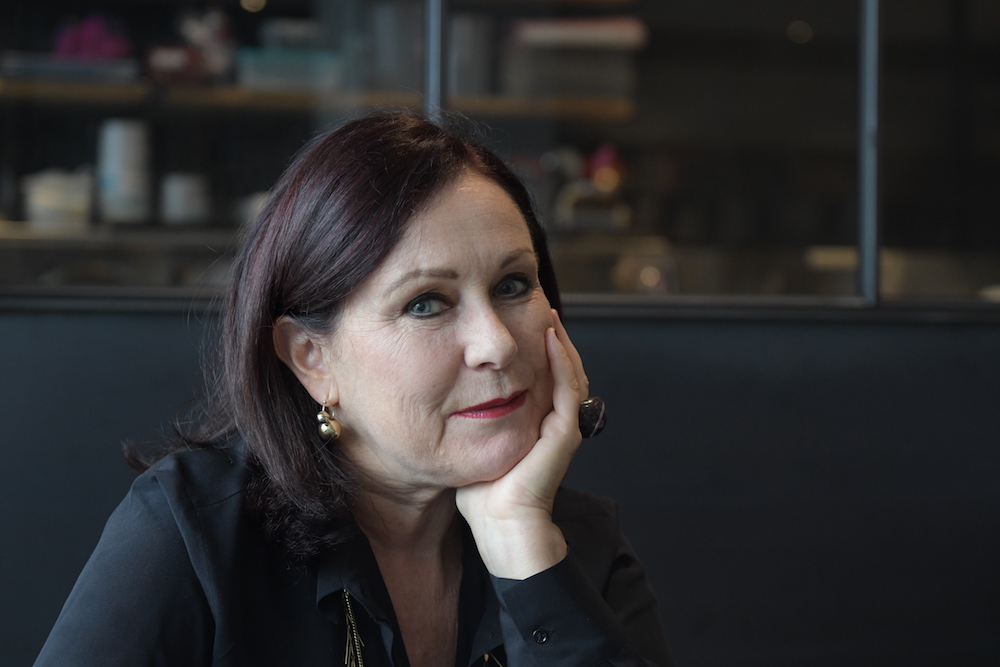
FIAC director Jennifer Flay. Photo ©KAMS.
FIAC’s woes aren’t only about terrorism, however. There have also been serious concerns about the impact that Frieze London’s new, earlier dates—which were introduced in 2016 to accommodate Yom Kippur but have been kept on since—would have on the fair. This new week-long gap between the two fairs pits them against each other even more, as some galleries and collectors from overseas can’t or won’t stay in Europe long enough to attend both.
“I called [Frieze director] Victoria Siddall at the end of the fair last year and told her that I personally favored the idea of them being staged back to back, because I think it makes it easier for people who come from a very long way away,” Flay said. “But they have obviously decided that this works for them, and it’s their choice. We cannot move our dates because there are other events taking place at the Grand Palais, like Paris Fashion Week.”
One of the most glaring absences at FIAC this year is that of Hauser & Wirth, which opted to participate in Frieze last year and hasn’t returned to FIAC. But it’s true that the American contingent, at least when it comes to galleries, is back in full force: the biggest numbers of exhibitors hail from France, followed by galleries from the US, with German dealers in third place.
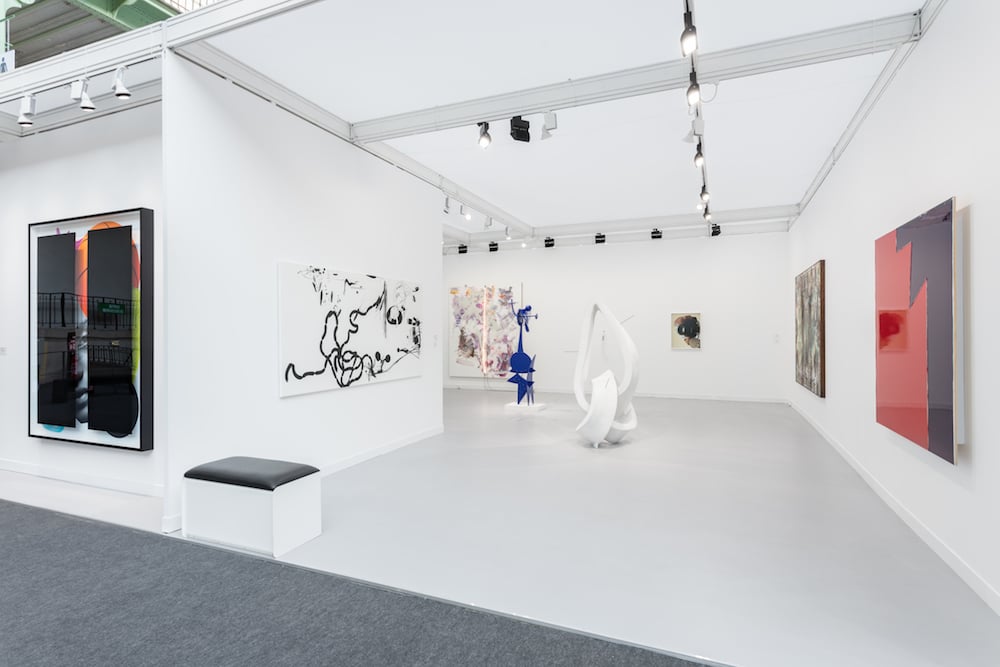
Installation view of David Kordansky Gallery at FIAC 2017. Photo by Mark Blower, courtesy of David Kordansky Gallery, Los Angeles.
Meanwhile, on the floor, transactions were happening with gusto right from the word go. LA’s David Kordansky—returning to FIAC after a four-year hiatus—was making swift sales, with half the booth selling in the first few hours—including a fragrant fiberglass sculpture with real burning incense by Evan Holloway for $85,000; a ceramic work by Ruby Neri for $22,000; a large drawing by Calvin Marcus for $35,000; a new neon work by Mary Weatherford for $220,000; a large painting by Rashid Johnson for $215,000; and a mixed-media piece by Kathryn Andrews for $75,000.
New York and London’s Michael Werner Gallery was also quick to sell three paintings by Per Kirkeby, with prices ranging between €150,000 and €400,000. A major retrospective of the Danish artist opens at the Beaux Arts on Friday.
Local mainstay Air de Paris presented a generous booth of gallery artists including Thomas Bayrle, Leonor Antunes, Rob Pruitt, Eliza Douglas, and Torbjørn Rødland, with two paintings by Douglas and a photo by Rødland changing hands in the first few minutes, each for €12,000.
“It’s going really well,” said Air de Paris director Florence Bonnefous. “And there’s definitely more European collectors—particularly from Belgium, Germany, obviously France, Monaco, and Italy—than American. But I don’t see a massive difference with last year, which was also a strong year for us.”
Susan Dunne, president of Pace New York made similar observations. “It’s a European fair, both in its clientele and mentality,” she said. “[The fair] is an important international platform for collectors that we don’t get to meet anywhere else than Paris, certainly different from New York and London.” During the opening hours, the gallery sold works by Kiki Smith, Raqib Shaw, and Robert Irwin, as well as a Robert Ryman painting on the second day.
Nearby, Thaddaeus Ropac was holding court with a booth of heavy-hitters including Yan Pei-Ming, Georg Baselitz, Tony Cragg, Alex Katz, Irving Penn, Imi Knoebel, Antony Gormley, and a stunning work on bronze by Robert Rauschenberg with a $1.1 million price tag. A Baselitz painting in the region of €300,000-350,000 changed hands quickly on the first day, and so did two works by Knoebel, for €190,000 and €40,000.
“We are having an extremely strong first day,” said director Jose Castañal, who’s just back from participating in Frieze London and Frieze Masters. “International collectors love coming to Paris, and they are much more focused than in London, where you not only have the two Friezes—which sometimes are even competing with each other—but also the top auction sales. There’s much more competition and people get distracted.”
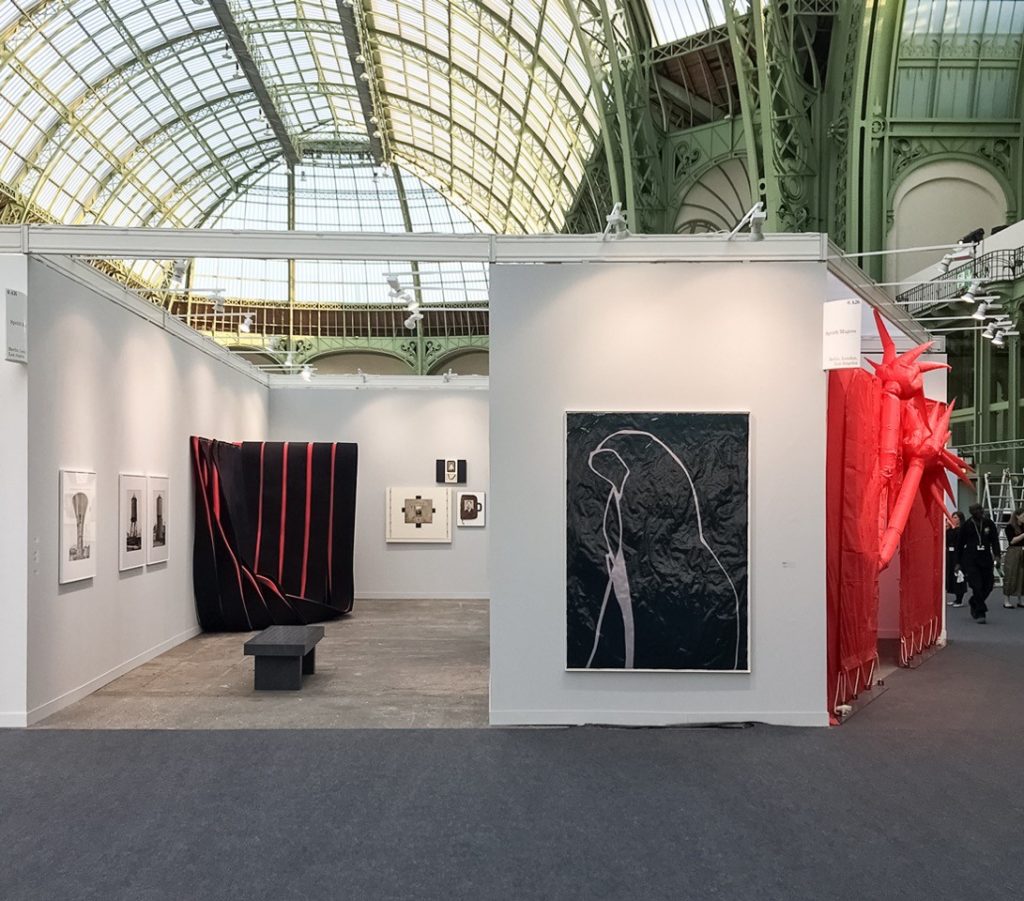
Installation view of Sprüth Magers at FIAC 2017. Courtesy of the gallery.
By the end of the first day, Sprüth Magers had sold a new George Condopainting to a foundation in Argentina for $300,000; a new Sterling Rubypainting went to a Swiss collection for €125,000; and an Andro Wekua painting sold for €90,000 to a European collection. Gallery director Andreas Gegner also told artnet News that he had noticed “a considerable confidence in the market for contemporary art.”
One wonders if this perceived buoyancy of the French market might be related to the so-called “Macron effect.”
“I think the victory of Macron over Le Pen was a breath of fresh air after Brexit and Trump,” Flay said. “FIAC is absolutely apolitical, but the ‘Macron effect’ is real. Paris is again considered an attractive destination, and a lot of people are either returning or moving here.”
The reform of the Impôt sur la Fortune (ISF) wealth tax that Macron recently introduced—which will take effect on January 1—will surely be an incentive to stimulate the local market as well. Under this new plan, interest, dividends, and capital gains will be taxed at a flat rate of 30 percent, and will no longer be subject to the ISF, which taxed wealth beyond €1.3 million.
Speaking of wealth, New York’s Van de Weghe was getting a lot of attention on Instagram thanks to its three Jean-Michel Basquiat paintings. The most coveted work, the 1982 canvas Untitled (Hand Anatomy), was put on reserve during the vernissage for a cool $10 million. Two paintings from 1984 and 1986, both in the region of $4 million, were still waiting for buyers.
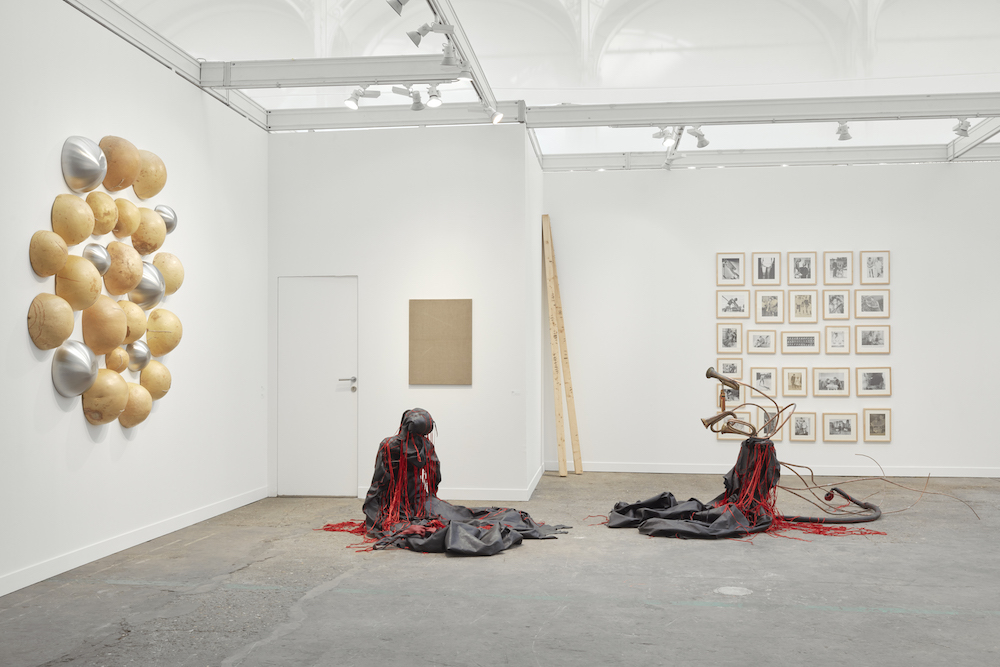
Installation view of Lehmann Maupin at FIAC 2017. Photo by Robert Glowacki,
courtesy of Lehmann Maupin, New York and Hong Kong.
courtesy of Lehmann Maupin, New York and Hong Kong.
Meawhile, Lehmann Maupin was braving a tough setback. The gallery had planned a solo booth of works by the South African artist Nicholas Hlobo, but up to 15 wall pieces earmarked for display at the fair were stolen last week from the artist’s studio. The gallery tapped Kader Attia to show at the booth instead, alongside three sculptures by Hlobo that weren’t taken in the—still unresolved—heist.
During the VIP preview, a new sculpture by Attia sold in the range of €70,000-€80,000 to a private contemporary art foundation in France, while a 2016 mixed-media wall sculpture by the artist also sold in the range of €80,000-100,000.
Upstairs, the younger galleries exhibiting at the Salon d’Honneur and Secteur Lafayette offered a fantastic selection of work by emerging artists that sent a strong message to more experimental collectors that they did not need to decamp to the competing fair Paris Internationale to access the art by “hot young things.”
Interestingly, and contrary to Frieze’s Focus section—which tends to be rather quiet in terms of footfall compared to the “premier” area of the fair—this zone in FIAC was packed with visitors throughout the day.
“This might sound surprising, but in our experience, the people and collectors that attend FIAC have a huge sense of adventure,” said Peres Projects partner Nick Koenigsknecht. “They are really open to discovering new artists and are very curious, rather than guided by names or must-haves, which is fantastic.”
At the Salon d’Honneur, Peres Projects presented a convincing booth of paintings and wall pieces by gallery artists Mark Flood, Austin Lee, Donna Huanca, Beth Letain, and Blair Thurman; plus two phenomenal standing sculptures by Huanca.
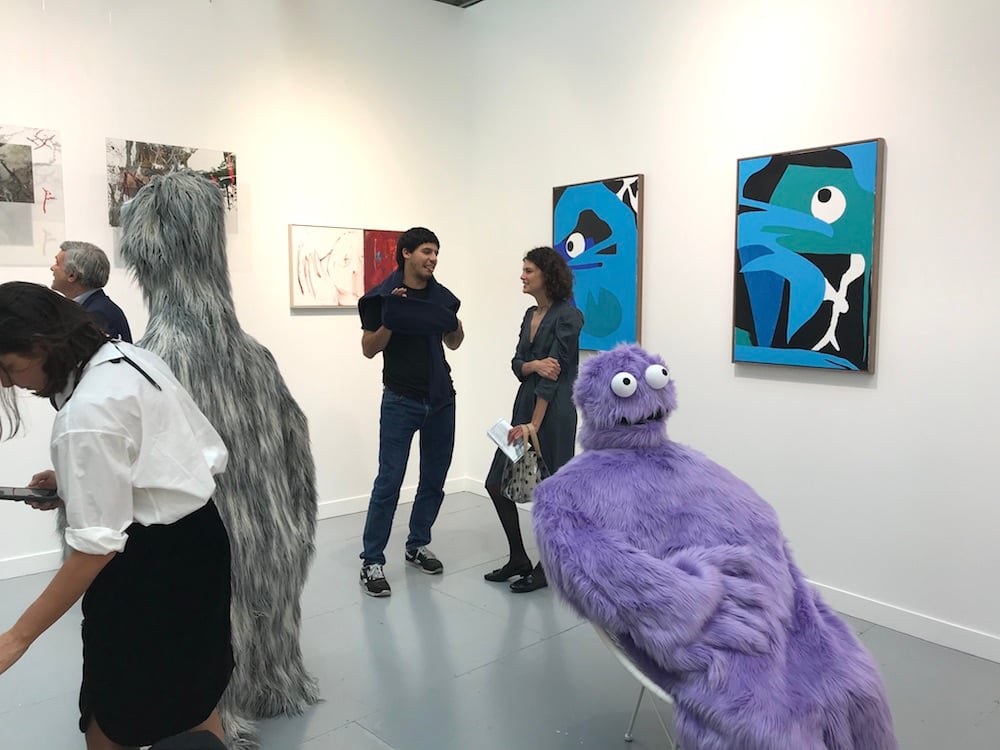
Installation view of Freedman Fitzpatrick at FIAC 2017, featuring works by Stefan Tcherepnin. Photo by Lorena Muñoz-Alonso.
The edgiest of the fair’s sections, the Secteur Lafayette, features 10 young galleries with project-based solo booths selected by a special committee. Sponsored by Galeries Lafayette, the participating dealers only have to pay for half of the booth’s price, which especially benefits emerging dealers traveling from overseas, like New York’s Queer Thoughts, Mexico’s joségarcía, Kolkata’s Experimenter, and Cairo’s Gypsum. Standout presentations include LA’s Freedman Fitzpatrick, which devoted its booth to the fluffy creatures of Stefan Tcherepnin, with prices ranging from $5,000 to $12,000, and Bogotá’s Instituto de Visión, which focused on the work the Colombian artist Felipe Arturo, with works ranging from $3,500 to $7,000.
It’s a particularly compelling sector in an overall exciting edition of the fair, which has managed to successfully cater to the needs and desires of those collectors searching for bigger, more expensive, and safer names, as well as for those feeling more adventurous.
The 44th edition of FIAC takes place at the Grand Palais, Paris, from October 19-22.
Follow artnet News on Facebook.
SHARE
Article topics
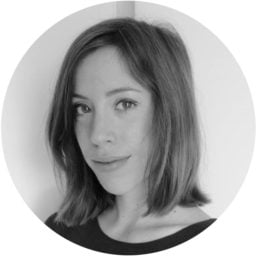
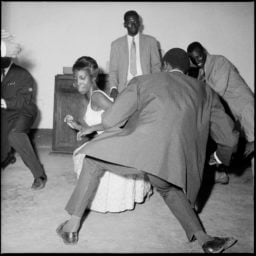
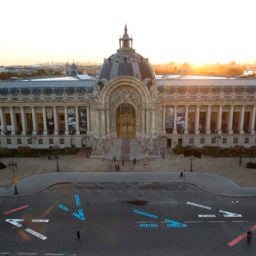
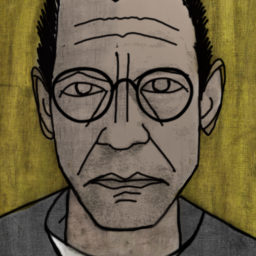
No comments:
Post a Comment